With thanks to our resident gardener Stephen Lee
Glory of the May
I think that last year (2023) was the first time I have really noticed the Hawthorn. I’m not sure whether it was the blindingly hot summer from the year before ripening the wood or the vast removal of ash trees from our local area. I must say that they literally flowered their socks off! And filling our countryside with scent in May and June.
The hawthorn is a native tree to the British Isles and has been here since the last ice age. There are two types of native hawthorn in the UK. Firstly, Crataegus laevigata (midland hawthorn) and Crataegus monogyna Mayflower. The difference between the two is minimal but the leaves are slightly different and Crataegus laevigata has a more upright habit and is less common than Crataegus monogyna. The tree grows from seed and takes many years to grow before it produces its wonderful flowering period in May predominantly. Then in the autumn we are treated to an amazing display of crimson berries that last well in to winter and are usually eaten but blackbirds and waxwings in the mid to late winter. It is also worth noting that Hawthorns are very thorny. When they are in our native hedging, next to roads the thorns from these plants can easily puncture tyres.
When you start looking at a single variety like this you start to notice subtle differences. As the tree grows from seed, it’s not surprising to differences in habit and growth. Last year I did notice certainly while they were in flower that some are pinky. I also noticed that some trees varied from the lovely creamy white flowers of most hawthorn to a subtle pink when pollinated and then subsequently in the autumn with these trees that the berries and more orange in colour than the usual crimson. If the berries in the autumn are collected you can make a very pleasant tasting jelly. I must say it does smell most unpleasant when boiling up the berries but once the sugar has been and setting point is reached, the jelly tastes of a mix of summer fruits. The early spring emerging leaves can also be eaten and taste nutty apparently.
We can plant hawthorn trees in our gardens as single trees or perhaps as hedging but remember that they are spiky and can be unsuitable with young children around. However, there are some very nice cultivated trees from both types of native hawthorn some of those being; –
Crataegus Crimson Cloud
Crataegus Rosea Floro Plena
Crataegus Paul’s Scarlet
Crataegus Variegata
Below is a gallery of pictures relating to May
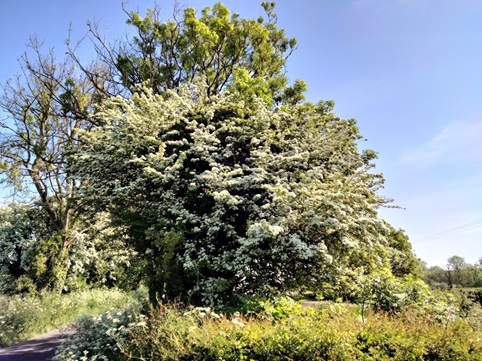
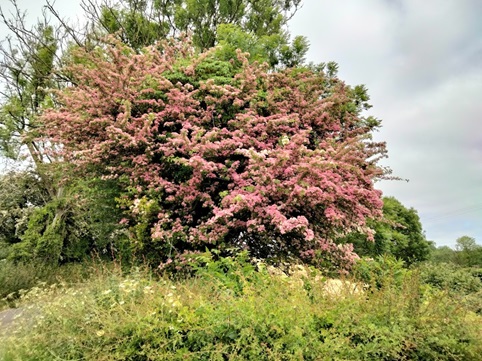
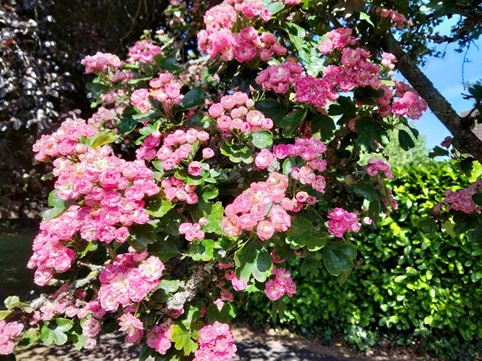
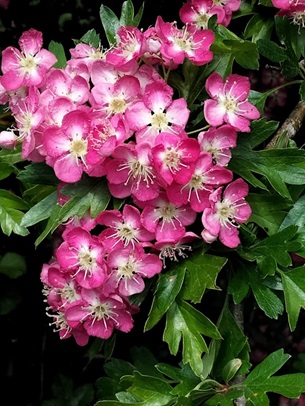

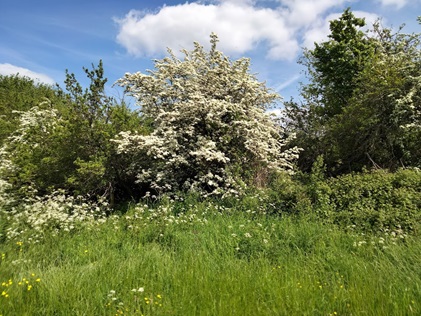


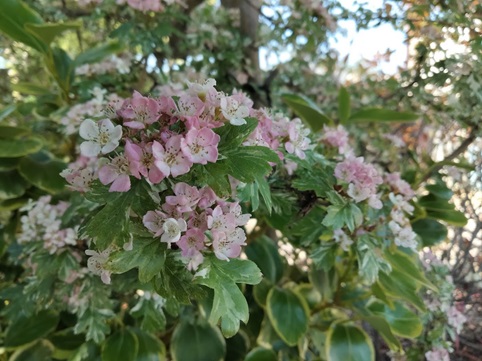
For more info please visit: